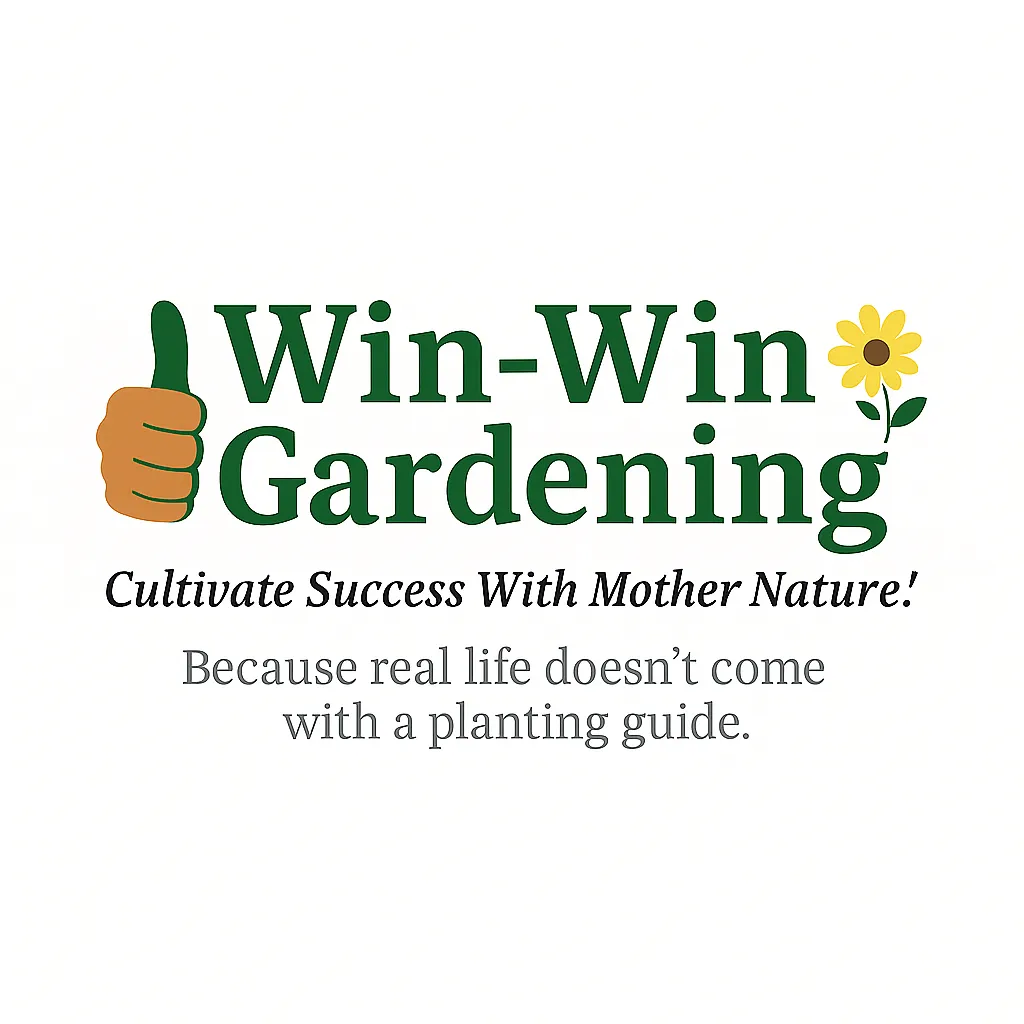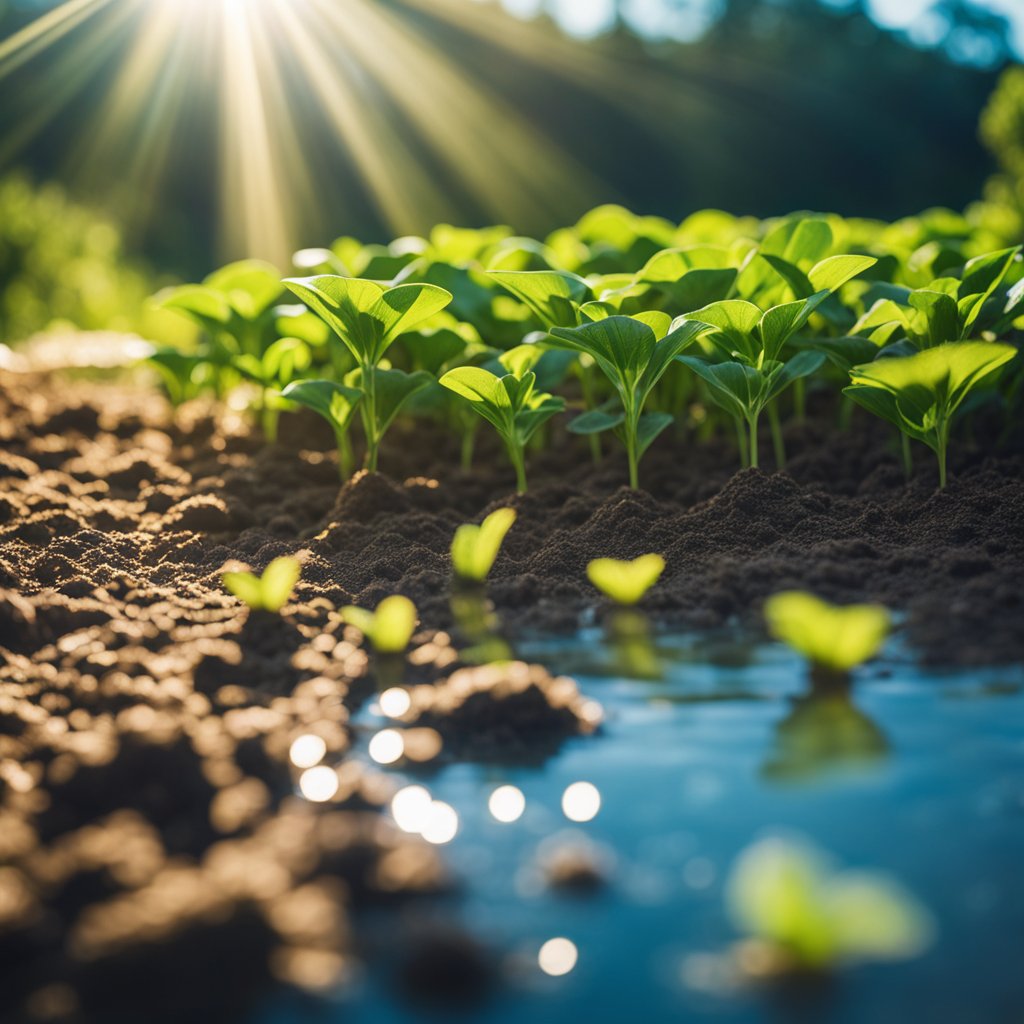
As an avid gardener, I’ve learned that the key to growing healthy outdoor plants begins by understanding their basic needs and creating an environment where they can thrive.
From personal experience, I understand that every plant needs its own unique blend of light, water and soil nutrients, as well as a tried and true schedule of care and maintenance.
I always begin with the basics of proper sunlight, sufficient water, quality soil, ideal temperature, and good air circulation. These elements are essential because they mimic the natural conditions in which plants evolved.
Take sunlight, for example; it’s not just about the quantity but the quality of the light too.
Plants need the right spectrum of light to perform photosynthesis, which is why I pay attention to where I place them in my garden.
Water is another vital ingredient for plant health. I’ve learned it’s not just about keeping the soil moist; it’s also about how and when you water your plants.
Over-watering can be just as harmful as under-watering, leading to poor root development or disease.
Soil quality is a big deal too! It’s important to remember soil is where your plant gets most of its nutrients.
For example, I like my garden soil to be properly aerated and organic matter-rich to support strong root systems. Soil structure and pH can have a huge impact on plant health and productivity.
Temperature and air are the silent players in a plant’s life. I keep an eye on the weather forecasts because extreme conditions can stress plants, making them more susceptible to pests and diseases.
Air circulation is often overlooked, but it’s essential for keeping those pesky fungal problems at bay.
By making sure there’s enough space between my plants to avoid overcrowding, I also help to promote a healthy garden environment where my plants can flourish.
Whether you’re an experienced gardener or a beginner with a newfound interest in hobby gardening, the principles of plant growth remain consistent.
Growing healthy garden plants requires the right balance of light, water, soil nutrients, and attentive care to thrive!
By the end of this journey, you’ll be armed with a solid understanding and practical know-how to create the optimal environment for your plants to flourish!
Stay tuned as I preview the key factors and provide you with actionable insights to elevate your green thumb game!
Understanding Plant Basics
When I cultivate my garden, I always remember that successful plant growth hinges on understanding the basics of plant biology, proper soil, and watering techniques.
Plant Biology
Plants are living organisms that require sunlight, air, water, and nutrients to thrive. They use photosynthesis to create food, turning sunlight into energy. Here’s a basic overview:
- Sunlight: Most plants need 6 to 8 hours of direct sunlight per day.
- Temperature: Plants have optimal growth ranges and can be adversely affected by extremes.
- Air: Good air circulation helps prevent diseases and supports photosynthesis.
Soil Requirements
Soil is more than just dirt; it’s a living ecosystem that sustains your plants. Key factors include:
- Nutrient Content: Plants need a mix of nutrients, with nitrogen (N), phosphorus (P), and potassium (K) being the most crucial.
- pH Level: Most plants prefer a pH between 6 and 7. A pH test can guide you in adjusting soil conditions.
- Structure: Loamy soil that drains well yet retains moisture is ideal for most garden plants.
Watering Essentials
Watering is about balance; too little and plants will wilt, too much and roots can rot. To get it right:
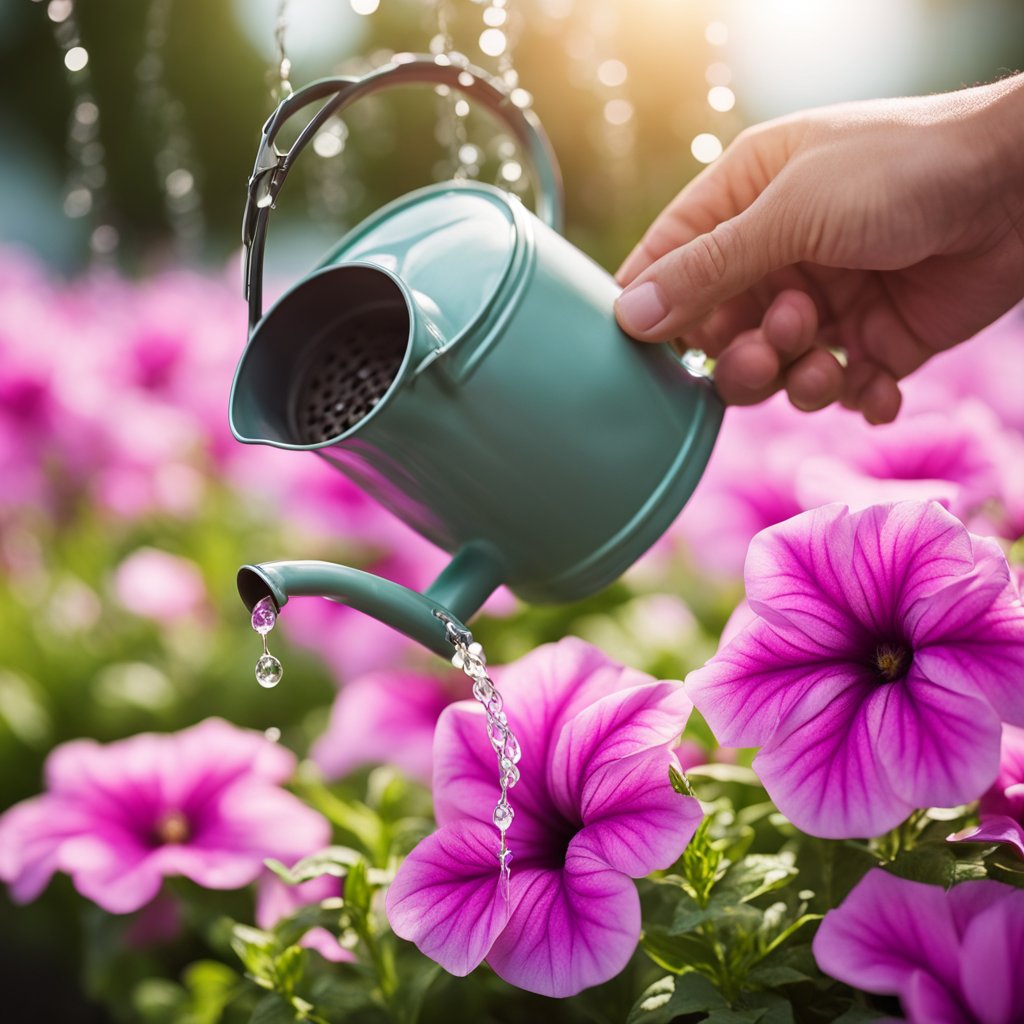
- Frequency: Varies by plant, but the soil should be kept moist, not waterlogged.
- Amount: Generally, plants require about 1 inch of water per week, whether from rainfall or irrigation.
- Time of Day: Early morning is usually the best time to water, reducing evaporation and fungal growth.
Choosing the Right Plants
When I start a garden, I always consider the climate and sunlight each plant will need to ensure they thrive.
Climate Considerations
My local climate sets the stage for the garden:
- Temperature ranges: I choose plants that can withstand my area’s highest and lowest temperatures.
- Precipitation levels: If my region is dry, I’ll go for drought-tolerant species; for wet areas, plants that love moisture are best.
- Native plants: Often, I’ll lean towards native plants since they are well-adapted to my local conditions.
Sunlight Needs
Sunlight is crucial for plant health, and each species has its preferences:
- Full sun: At least 6 hours of direct sunlight suits sun-loving plants.
- Partial shade: Some plants prefer filtered sunlight or morning sun with afternoon shade.
- Full shade: If my garden has areas that receive limited sunlight, I’ll pick plants that are tolerant of lower light conditions.
Planting Strategies
I’ve found that the success of your garden heavily relies on two essential strategies: understanding when to plant and how to arrange your plants. Let’s dive into these so I can share my tips and insights for a lush garden.
Timing and Seasons
Know Your Hardiness Zone: First things first, your garden planning should always starts by checking the CND or USDA Hardiness Zones.
It’s crucial because this tells me which plants can weather the winter in my region. I also keep an eye out for the last frost date in spring—that’s my signal for when it’s safe to plant most veggies, fruits, and annuals.
- Spring: I make sure to keep my frost-sensitive plants indoors or wait until after the last frost to plant outdoors.
- Fall: This is a great time for planting perennials since they can establish their roots with the cooler temps and are ready to grow come spring.
Spacing and Arrangement
Proper Spacing: It’s tempting to pack in as many plants as possible, but trust me, crowding can lead to growth issues and disease. Each plant needs its room to flourish. Here’s a quick reference:
| Plant Type | Spacing Guideline |
|---|---|
| Small plants (herbs, flowers) | 6-12 inches apart |
| Medium plants (bushes, shrubs) | 2-3 feet apart |
| Large plants (trees) | Over 10 feet apart |
Maintenance and Care
In my experience, a thriving garden hinges on regular maintenance and care. I’ll guide you through the essentials of pruning, pest control, and fertilization for optimum plant health.
Pruning and Trimming
Pruning is vital to maintaining plant health and encouraging growth. For flowering plants, I always remove the dead or spent blooms. This process is called deadheading and encourages more flowers to form.
It’s also important to cut away any dead or diseased branches, which helps prevent the spread of plant diseases.
- Deciduous trees and shrubs: Prune in late winter while they’re dormant.
- Perennials and annuals: Trim back after flowering to shape the plant.
Pest Control
Pests and creepy crawlers can be a gardener’s worst nightmare! I’ve found that the best defense is a strong offense—healthy, well-maintained plants are less susceptible to infestation.
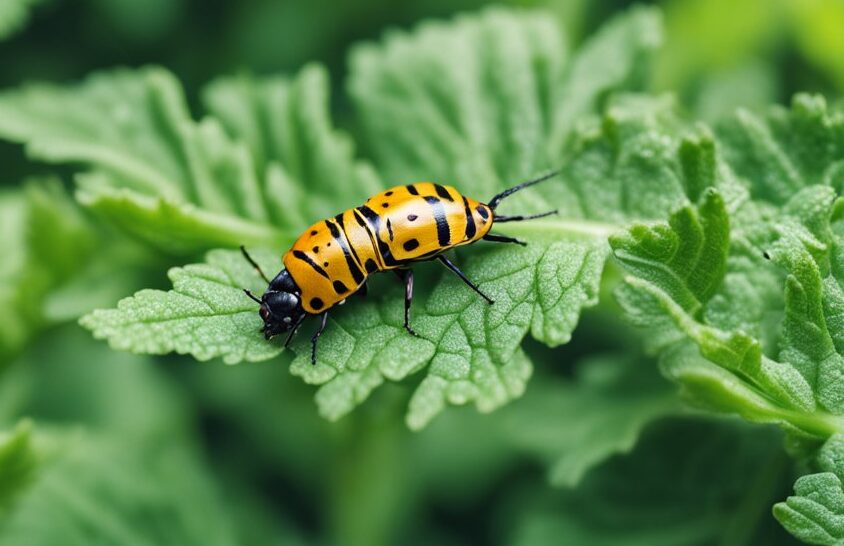
Here’s my quick pest control checklist:
- Inspect plants regularly for signs of insects or disease.
- Use insecticidal soaps or oils—they are effective and environmentally friendly
Remember, attracting beneficial insects, like butterflies and dragon flies can naturally keep pest populations in check.
Fertilization Techniques
Fertilization is about balancing the nutrients in the soil. I follow these key points to ensure my plants get what they need without going overboard:
- Test your soil: Knowing what your soil lacks is the first step.
- Use compost: It’s a natural way to add nutrients and improve soFertilization Techniques
For container plants, I prefer a slow-release granular fertilizer, but for my vegetable garden, a well-composed organic matter works best.
Always follow the instructions on the fertilizer packaging to avoid over-fertilization, which can be just as harmful as under-fertilization.
Advanced Tips and Tricks
Growing healthy outdoor plants goes beyond just watering and sunlight; it’s about understanding and implementing strategies that will give your plants the best environment to thrive.
Let me walk you through some advanced techniques that have worked wonders for me.
Mulching Benefits
Mulching is one of my favorite practices to maintain soil moisture, reduce weed growth, and improve soil quality. Here’s how I do it:
- Retention of moisture: I find that a layer of mulch helps to keep the soil damp for longer, meaning I don’t need to water my plants as frequently.
- Weed suppression: With a proper layer of mulch, weed germination is significantly reduced, which also means less competition for nutrients for my plants.
- Soil temperature moderation: Mulch acts as an insulator. It keeps the soil cooler in the hot summer months and warmer as the temperatures drop.
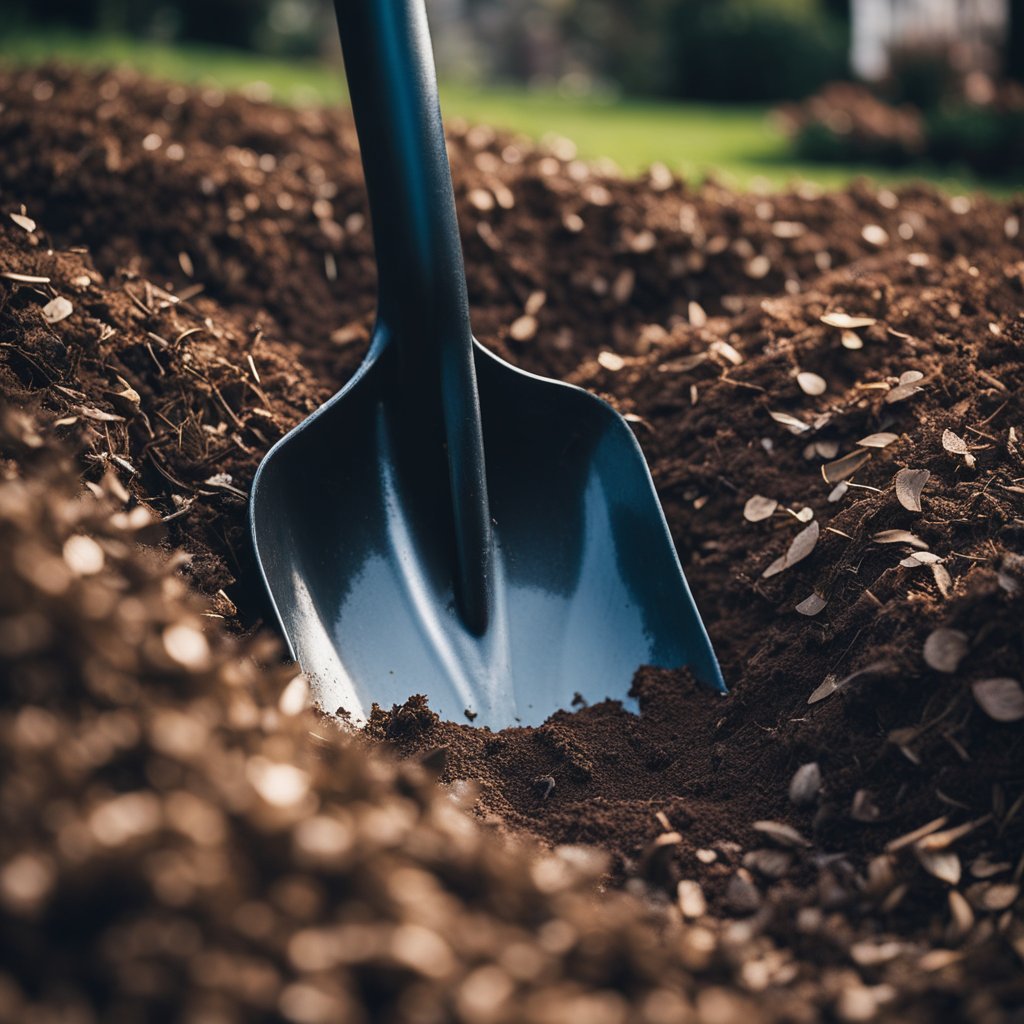
Companion Planting
I’ve had great success with companion planting. Not only does it optimize my garden space, but it also promotes a healthier plant environment:
- Pest management: I plant marigolds next to my vegetables, as they help repel certain pests with their natural aromatics. I know for certain cats do not like the smell!
- Plant synergy: By placing plants together that benefit each other, like tomatoes and basil, I’ve noticed a marked improvement in their growth and flavor.
Through these advanced techniques, I’ve managed to create a garden that’s not only a joy to look at but is thriving in terms of health and productivity.
In Conclusion: Good Gardening Practices
By now, I’ve armed you with the essentials: the vital roles of light, water, temperature, and soil nutrients, and how to complement nature’s offerings with the right fertilizers.
But there’s a common thread that ties all these elements together: good gardening practices! It’s about creating conditions for growing healthy garden plants!
Each plant is dependent on its environment and the care it receives. Your role, as a gardener, is to foster a healthy balance.
Providing the right amount of sunlight, water, nutrients and managing the temperature goes beyond basic care, it’s a commitment to the well-being of your plants!
Remember, plants can be forgiving, and they’ll often let you know what they need!
Drooping leaves? Check your watering schedule.
Slow growth? Assess the light exposure.
Yellowing? Soil nutrients or pH levels might be off-kilter.
Tuning into these signals and responding with the right action is the key to success.
Lastly, embrace the journey and have fun! Whether you’re a seasoned gardener or just starting out, remember that every day is an opportunity to grow, not just for your plants, but for you as a gardener.
Each season brings its lessons and rewards. So, keep a keen eye on your leafy friends, adjust your strategies as you learn, and you’ll find that your garden is a living, breathing extension of your care and attention!
Now, take these insights and put them into action!
Step outside, feel the sun on your face, the soil in your hands, and start creating the garden of your dreams!
If you have any questions, or stopping by, please leave any questions or comments and I will be happy to accomodate you!
Before you leave: Why was the gardener so busy over the weekend?
He had a very long “honey-dew” list from the plants: water me, shade me, feed me!
Until next time, happy gardening!
Take care!
Barb
